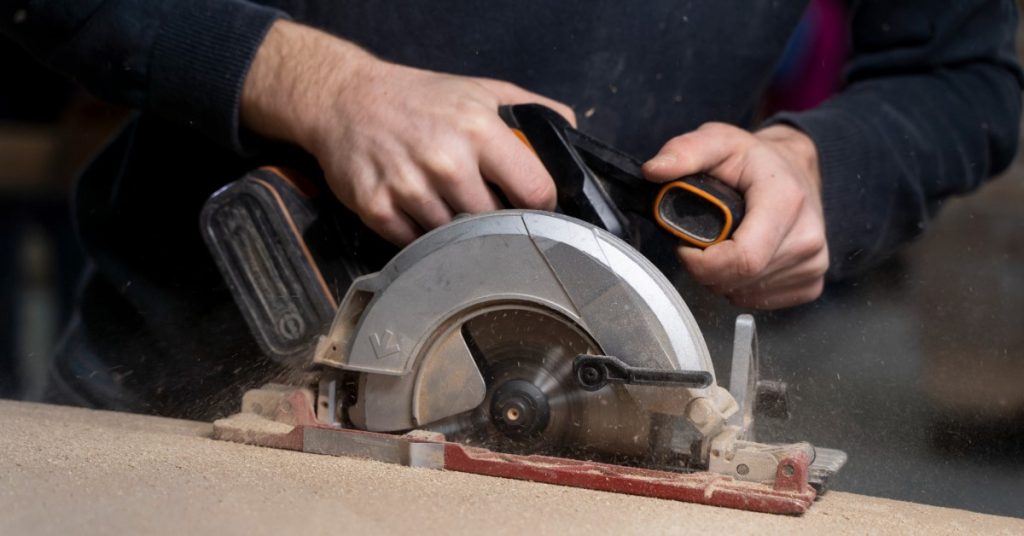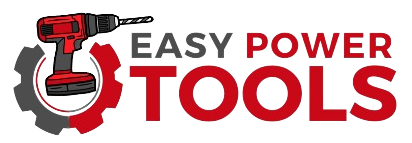I think you’re searching that Can You Sharpen Table Saw Blades?
Well!
You’re on right place because we already have worked for you. A table saw is an essential tool in any woodworking shop, allowing woodworkers to make precise cuts with ease.
The blade on a table saw is a crucial component, and its sharpness directly impacts the quality of cuts you can achieve.
Over time, even the best table saw blades can become dull, affecting the quality of your work. This raises an important question: Can you sharpen table saw blades?
In this comprehensive guide, we will explore the various aspects of sharpening table saw blades, from the importance of blade maintenance to the methods and tools available for sharpening.
Table of Contents
- The Importance of a Sharp Table Saw Blade
- Signs of a Dull Table Saw Blade
- Sharpening vs. Replacing Table Saw Blades
- Methods for Sharpening Table Saw Blades a. Manual Sharpening b. Using a Blade Sharpener c. Professional Sharpening Services
- Tools and Equipment Needed
- Steps to Sharpen Your Table Saw Blade a. Safety Precautions b. Blade Removal c. Cleaning the Blade d. Sharpening Process e. Reinstallation
- Tips for Maintaining a Sharp Table Saw Blade
- Conclusion
- The Importance of a Sharp Table Saw Blade
A sharp table saw blade is crucial for achieving clean, accurate, and efficient cuts. A dull blade can cause several problems, including rough cuts, burning wood, and increased effort required to push the material through the blade. These issues can lead to wasted materials and lower productivity. Maintaining a sharp blade not only ensures the quality of your work but also extends the lifespan of your table saw.
Signs of a Dull Table Saw Blade
To determine whether your table saw blade needs sharpening, look out for the following signs:
a. Burn Marks: If you notice burn marks on the wood you’re cutting, it’s a clear sign that your blade is dull. Dull blades generate excessive friction, resulting in scorch marks.
b. Chipping or Tear-out: Dull blades can cause chipping or tear-out on the edges of the wood, ruining the finish.
c. Difficulty in Cutting: A sharp blade should cut smoothly through the material with minimal effort. If you find yourself pushing harder or struggling to make a straight cut, your blade may need sharpening.
d. Excessive Noise and Vibration: A dull blade can create more noise and vibration during operation, indicating a problem with the blade’s sharpness.
Sharpening vs. Replacing Table Saw Blades
When faced with a dull table saw blade, you have two main options: sharpening or replacing it. Sharpening a blade is a cost-effective approach and can extend the life of the blade. However, it’s essential to know that blades have a limited number of sharpening cycles before they become too small to use safely. In such cases, replacement is necessary.
Methods for Sharpening Table Saw Blades
There are various methods for sharpening table saw blades, each with its own pros and cons. The choice of method depends on your expertise, equipment, and the condition of your blade.
a. Manual Sharpening: This method involves using a file or diamond stone to manually sharpen each tooth of the blade. It is a labor-intensive process but can be effective for occasional maintenance.
b. Using a Blade Sharpener: Blade sharpening tools, such as blade sharpening jigs, are available for those who prefer a more automated approach. These devices ensure consistent results and are suitable for woodworkers of all skill levels.
c. Professional Sharpening Services: If you lack the necessary tools or expertise, you can send your table saw blade to a professional sharpening service. They have the equipment and experience to restore your blade’s sharpness.
Tools and Equipment Needed
Before you start sharpening your table saw blade, you’ll need the following tools and equipment:
a. Safety Gear: Safety glasses, hearing protection, and a dust mask to protect yourself from debris and dust.
b. Wrenches: To remove the blade from the saw.
c. Blade Cleaning Supplies: A degreaser, wire brush, and a solvent for cleaning the blade.
d. Sharpening Tools: Depending on the method you choose, this may include files, diamond stones, or a blade sharpening jig.
e. Lubricant: A lubricant or honing oil to reduce friction during sharpening.
Steps to Sharpen Your Table Saw Blade
a. Safety Precautions: Always prioritize safety. Wear the necessary safety gear and ensure the saw is unplugged to avoid any accidental starts.
b. Blade Removal: Using the appropriate wrenches, carefully remove the blade from the table saw.
c. Cleaning the Blade: Soak the blade in a degreaser or a suitable solvent to remove any built-up pitch, resin, or dirt. After soaking, use a wire brush to scrub away remaining residue.
d. Sharpening Process: This step will vary depending on the method you choose. If you’re manually sharpening, carefully file or use a diamond stone to sharpen each tooth. If using a blade sharpening jig, follow the manufacturer’s instructions.
e. Reinstallation: After sharpening, clean the blade again, lubricate it, and reinstall it on the table saw, making sure to follow the manufacturer’s guidelines for proper blade alignment and tension.
Tips for Maintaining a Sharp Table Saw Blade
To prolong the life of your table saw blade and keep it consistently sharp, consider these maintenance tips:
a. Clean the blade regularly to prevent pitch and resin buildup.
b. Use blade stabilizers or wax to reduce friction during cuts.
c. Rotate or flip the blade occasionally to distribute wear evenly.
d. Store blades properly when not in use, protecting them from moisture and corrosion.
e. Use the right blade for the job to avoid excessive wear and tear.
Conclusion – Can You Sharpen Table Saw Blades?
In conclusion, a sharp table saw blade is vital for achieving high-quality cuts in woodworking projects.
While a dull blade can lead to problems like burning, chipping, and rough cuts, you can sharpen your table saw blade using various methods and tools, such as manual sharpening, blade sharpening jigs, or professional sharpening services.
Maintenance and regular cleaning can also help prolong the life of your blade and ensure that it performs at its best.
Remember to prioritize safety at all times when sharpening or working with table saw blades, and consult your table saw’s user manual for specific instructions on blade removal and installation.
With the right knowledge and tools, you can maintain a sharp table saw blade and improve the quality of your woodworking projects.


